A Digital Timeline A History of Digital Technology Beginnings to 1900 (added April 24, 2002) |
An attempt at charting the trajectory of digital technology, with special attention to graphical applications. Comments solicited, corrections gladly considered, links and images most graciously desired. (Special note: those attributed as inventors or creators more often were joined by many others, some named, some not. And dates are often only approximations.)
3000 BCE
Abacus
The name Abacus derives from the Greek word abax, meaning table or board covered with dust. The origins of the Abacus are buried deep in the history of mankind. It is known that in its 'modern' form it appeared in China in the 13th century AD.
1550-1617
Logarithms, "Napier’s bones," multiplication tables on a stick
John Napier
Nearing the end of his life, John Napier, who is generally considered the inventor of logarithms, developed an ingenious arithmetic trick— not as remarkable as logarithms, but very useful all the same. His invention was a method for performing arithmetic operations by the manipulation of rods, called “bones” because they were often constituted from bones and printed with integers. Napier’s rods essentially rendered the complex processes of multiplication and division into the comparatively simple tasks of addition and subtraction.
—Alexandros Diploudis
1592-1635
A machine for adding, subtracting, multiplying and dividing
Wilhelm Schickard
Schickard wrote that he had built a machine that "...immediately computes the given numbers automatically; adds, subtracts, multiplies, and divides". Unfortunately, no original copies of Schickard's machine exist, but working models have been constructed from his notes.
—Bebop BYTES Back
(An Unconventional Guide to Computers)
1644
Pascaline (a mechanical calculator)
Blair Pascal
A mechanism to add & subtract with 8 figures and carrying of 10's, 100's, and 1000's etc.
1650
Slide Rule
Edmund Gunter and William Oughtred
The first Slide Rule appeared in 1650 and was the result of a joint effort of two Englishmen, Edmund Gunter and the Reverend William Oughtred. This slide rule based on Napier's logarithms was to become the first analog computer (of the modern ages) since multiplication and subtraction were figured out by physical distance. This invention was dormant until 1850 when a French Artillery officer Amedee Mannheim added the movable double sided cursor, which gave it its appearance as we know it today.
The differential calculus & a machine to multiply
Gottfried Wilhelm Leibniz
1804
Power loom with an automatic card reader
Joseph Marie Jacquard
Joseph Marie Jacquard's inspiration of 1804 revolutionized patterned textile weaving. For the first time, fabrics with big, fancy designs could be woven automatically by one man working without assistants...
This was the earliest use of punched cards programmed to control a manufacturing process. Although he created his mechanism to aid the local silk industry, it was soon applied to cotton, wool, and linen weaving. It appeared in the United States about 1825 or 1826.
—Steven E. Schoenherr
Arithmometer (mass-produced mechanical calculator)
Thomas de Colmar
The honor of first establishing the manufacture of calculating machines as an industry goes to Charles Xavier Thomas of Colmar, France, or Thomas de Colmar, as he is more commonly known. Like others, Thomas used the stepped cylinder invented by Leibniz as his digital-value actuator.
—George C. Chase
1822
Difference & analytic engines
Charles Babbage
A mechanical digital computer which, viewed with the benefit of a century and a half's hindsight, anticipated virtually every aspect of present-day computers.
His subsequent invention, the analytic engine, inspired by Jacquard’s punched cards, used a store, a mill, and an output device (automated type setter)
— John Walker
A biogaphy of Charles Babbage (Thanks to Jane Matthews)
1830
Telegraph
Samuel F.B. Morse & Joseph Henry
Electrical signals encode information, dots & dashes, to form letters and words.
1839
Photography
Talbot, Niépce, & Daguerre
1843
Programs & subroutines for the Analytic Engine
Ada Augusta Byron, aka Lady Lovelace
She suggested to Babbage writing a plan for how the Engine might calculate Bernoulli numbers. This plan is now regarded as the first "computer program." A software language developed by the U.S. Department of Defense was named "Ada" in her honor in 1979.
—Dr. Betty Toole
1854
Algebra from logic, truth tables
George Boole
The Calculus of Logic
In a work lately published I have exhibited the application of a new and peculiar form of Mathematics to the expression of the operations of the mind in reasoning...
The part of the system to which I shall confine my observations is that which treats of categorical propositions...
—George Boole Cambridge and Dublin Mathematical Journal, Vol. III (1848), pp. 183-98
Typewriter
Sholes and Carlos Glidden and others
While developing a machine for numbering book pages, they were inspired to build a machine that could print words as well as numbers
Telephone
Alexander Graham Bell
In Boston, Massachusetts, Alexander Graham Bell invented the telephone. Thomas Watson fashioned the device itself; a crude thing made of a wooden stand, a funnel, a cup of acid, and some copper wire. But these simple parts and the equally simple first telephone call —"Mr. Watson, come here, I want you!" — belie a complicated past.
—Tom Farley
Phonograph
Thomas Edison
The device consisted of a cylindrical drum wrapped in tinfoil and mounted on a threaded axle. A mouthpiece attached to a diaphragm was connected to a stylus that etched vibrational patterns from a sound source on the rotating foil. For playback the mouthpiece was replaced with a "reproducer" that used a more sensitive diaphragm. Edison recited "Mary Had a Little Lamb" into the mouthpiece for the first demonstration.
—Geoffrey Rubinstein
1890
Punch card reader & tabulating machine
Herman Hollerith at MIT
A punch-card tabulation machine system that revolutionized statistical computation
Used during the 1890 US census
Cinema
Auguste and Louis Lumière & Thomas Edison
Radio
Guglielmo Marconi
| General references |
Chronology of A Chronology of Computer History The Evolution of the Computer [Infographic] Computing History, Myths and Legends (Ian Darwin) A Brief History of Computer Technology History of Communication From Cave Drawings |
|
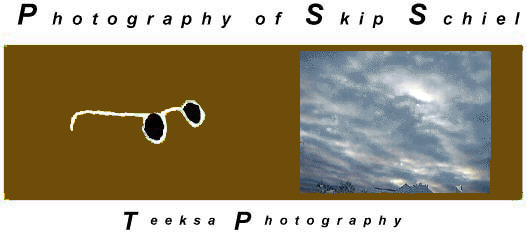 |
.gif)
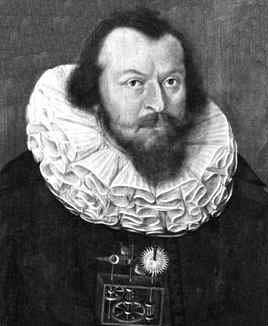
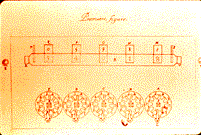
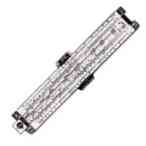
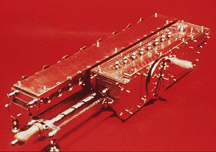
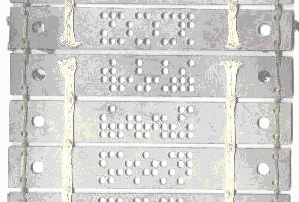
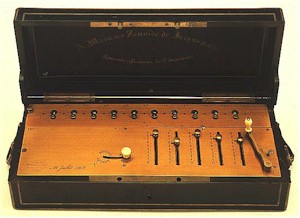
.jpg)
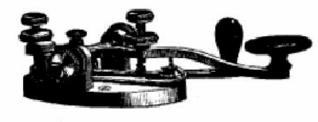
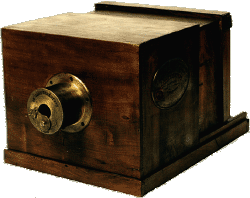
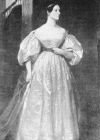

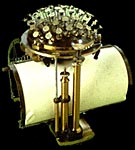

.jpg)

